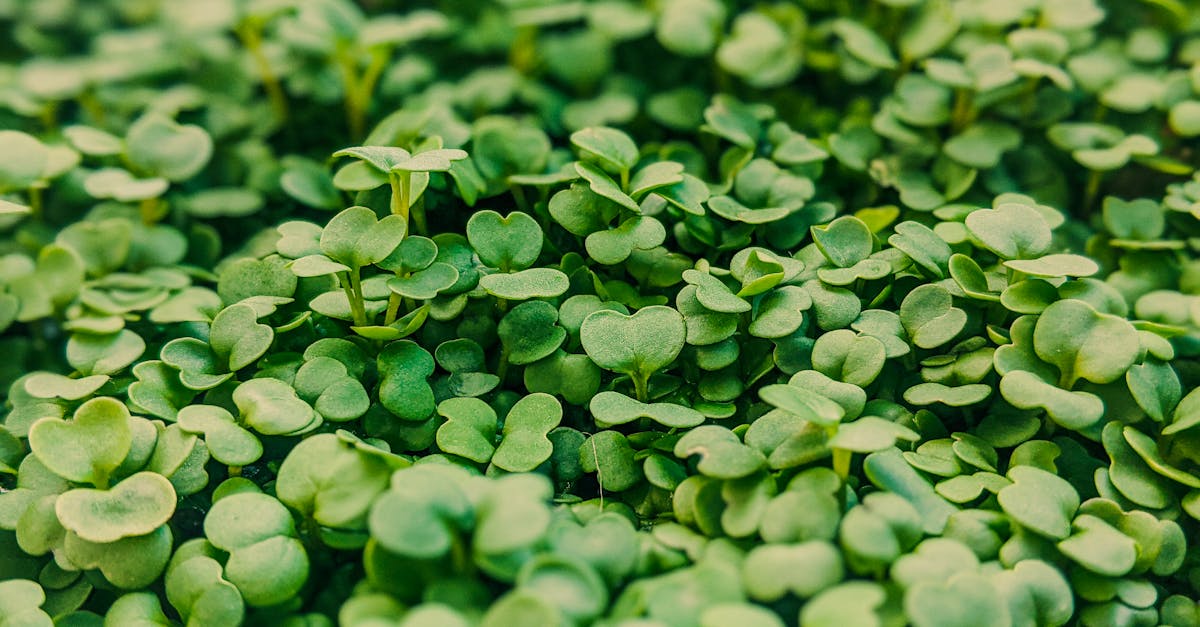Are you eager to unlock the secret to growing perfect tomatoes? Today, we’re diving into the critical role that pH levels play in tomato cultivation.
Understanding the ideal pH for tomatoes is important for maximizing your harvest.
In this text, we’ll investigate the impact of pH on tomato plants and provide expert tips for maintaining the perfect pH balance in your soil.
Let’s cultivate thriving tomato plants together by mastering the art of pH management.
Key Takeaways
- Ideal pH range for tomatoes is between 6.0 and 6.8, crucial for optimal growth and nutrient absorption.
- Variations in pH levels can lead to stunted growth, yellowing leaves, and low fruit production in tomato plants.
- Regularly test soil pH and adjust it within the recommended range using organic matter or amendments.
- Maintaining the right pH balance is essential for healthy tomato plants and maximizing harvest yields.
- Important tips for pH management include regular testing, adding organic matter, mulching, and avoiding over-fertilizing.
- For further guidance on soil pH testing and cultivation practices, visit the Extension Soil Testing Lab website.

Importance of pH in Tomato Cultivation
In tomato cultivation, the pH level of the soil plays a critical role in plant growth. Tomatoes thrive in slightly acidic soil with a pH range between 6.0 and 6.8. Maintaining the correct pH balance is important for nutrient absorption and and so plant health. When the soil pH is too low or too high, nutrient deficiencies can occur, affecting the growth and yield of tomatoes.
Improper pH levels can lead to issues like stunted growth, yellowing leaves, and decreased fruit production. It’s important to regularly test the soil pH and adjust it accordingly to ensure optimal conditions for tomato plants. Adding organic matter or using amendments can help to modify the pH and create a suitable environment for tomatoes to flourish.
For more information on soil pH testing, you can visit the Extension Soil Testing Lab website.
After all, maintaining the ideal pH level is key to successful tomato cultivation.
Ideal pH Range for Tomatoes
When growing tomatoes, it’s critical to maintain the ideal pH range in the soil. For optimal growth, tomato plants thrive in soil with a pH between 6.0 and 6.8. Correct pH levels enable efficient nutrient absorption, supporting and so plant health.
To ensure your tomatoes develop well, keep the soil pH balanced within this specific range. Regular monitoring of pH levels is important to prevent issues like stunted growth and poor fruit yield. Consider using organic matter or soil amendments to make necessary adjustments.
For more insights on soil pH testing and adjustments, check out the Extension Soil Testing Lab website. They provide valuable information to help fine-tune your tomato cultivation practices.

Impact of pH on Tomato Plants
Maintaining the ideal pH range of 6.0 to 6.8 is critical for tomato plants. When the pH is too low or too high, nutrient availability is affected, leading to stunted growth and poor fruit development.
A low pH can cause nutrient deficiencies, like calcium, resulting in blossom end rot. On the other hand, a high pH can lead to nutrient imbalances, affecting the plant’s ability to absorb iron and other important elements.
Regularly monitoring and adjusting the pH of the soil ensures that tomato plants can thrive and produce a bountiful harvest. for further guidance on soil pH testing and cultivation practices.
Tips for Maintaining the Perfect pH Balance
When it comes to tomato plants, maintaining the right pH balance is critical for their health and productivity. Here are some important tips to help us keep our tomato plants thriving:
- Regular Testing: We should test the soil pH regularly using a reliable pH meter or soil test kits. This way, we can monitor and adjust the pH level as needed.
- Use Organic Matter: Adding compost or aged manure to the soil can help buffer pH changes and keep it within the ideal range.
- Mulching: Applying organic mulch like straw or leaves can help maintain soil pH and retain moisture.
- Avoid Over-fertilizing: Excessive use of fertilizers can alter the pH, so we should follow recommended guidelines for feeding our tomato plants.
For more detailed guidance on soil pH testing and cultivation practices, we recommend visiting the Extension Soil Testing Lab website for valuable resources.

Mastering the Art of pH Management for Thriving Tomato Plants
Understanding the ideal pH level for tomatoes is key to their growth. We aim for a pH range of 6.0 to 6.8, slightly acidic. To achieve this, test soil pH regularly. Add organic matter like compost to adjust pH naturally. Also, try mulching with straw or leaves for consistent moisture and pH. Avoid over-fertilizing, which can disrupt pH balance, hurting plant health. For more guidance on soil pH testing and cultivation tips, visit the Extension Soil Testing Lab website and start your journey to successful tomato gardening.
